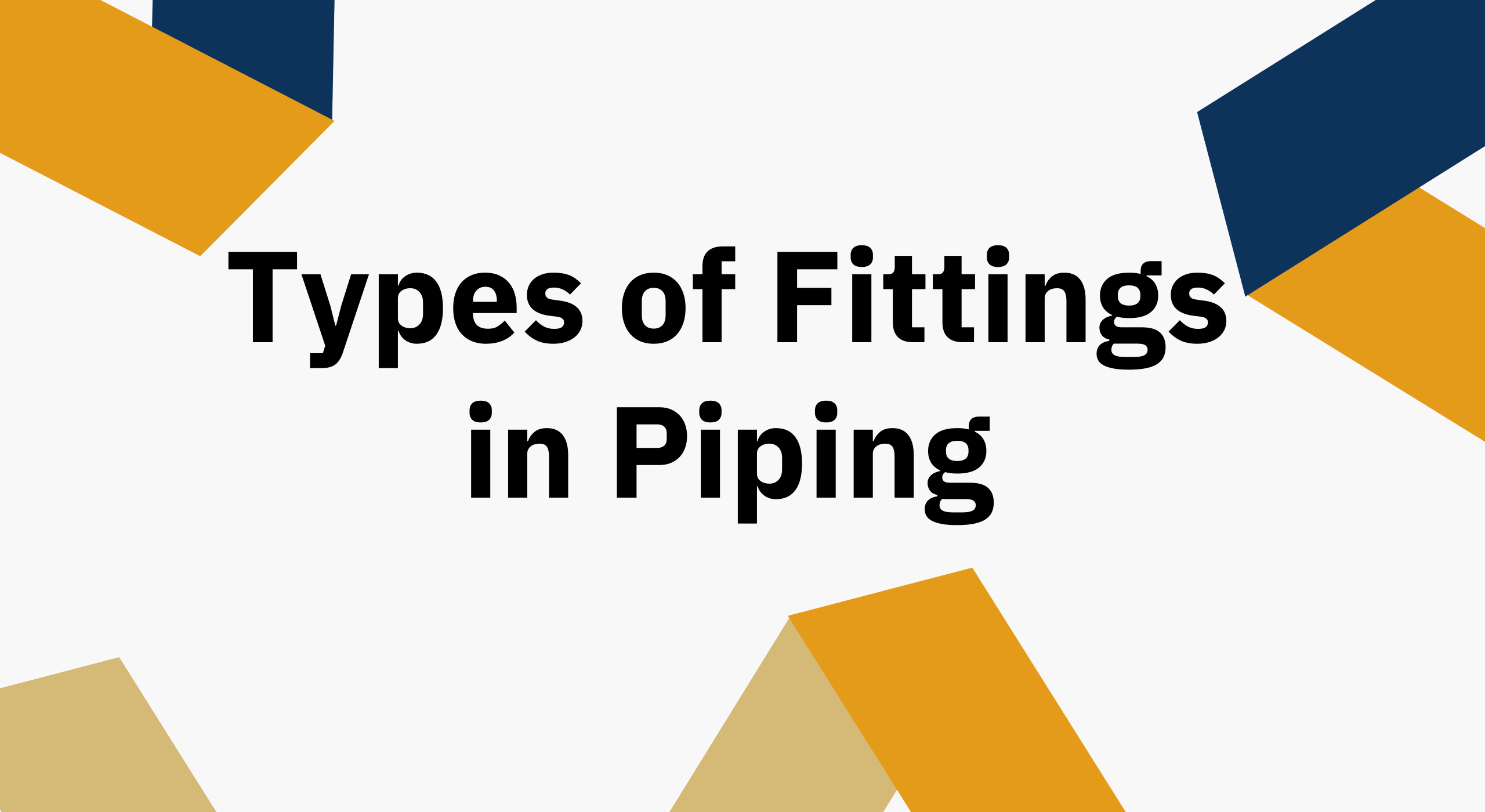In any piping system, fittings are important. They join pipes, change the flow direction, and control pressure. Without them, you can’t build a strong and safe pipeline. If you work in construction, plumbing, or industrial projects, knowing the types of pipe fittings will help you pick the right ones for the job. Let’s look at them in a clear and easy way.
1. Elbow Fittings
Elbows change the direction of the pipe flow. The most common angles are 45° and 90°. They can be made from steel, copper, PVC, or other materials. Elbows are widely used in plumbing, oil, and gas lines.
2. Tee Fittings
Tee fittings have a “T” shape. They split the flow into two directions or combine flows from two pipes into one. Available in equal and reducing types, tees are essential in many piping layouts.
3. Couplings
Couplings join two pipes together. They can be permanent or temporary. A full coupling connects pipes of the same size, while a reducing coupling joins pipes of different diameters.
4. Reducers
Reducers connect pipes of different sizes while maintaining smooth flow. There are two main types — concentric reducers for central alignment and eccentric reducers for bottom alignment.
5. Unions
Unions work like couplings but allow easy removal of pipes for maintenance. They are perfect for systems that may need frequent inspection or replacement.
6. Caps and Plugs
Caps close the end of a pipe, while plugs fit inside the opening to stop the flow. Both are used to seal unused pipe ends in a system.
7. Cross Fittings
A cross fitting connects four pipes. It’s shaped like a “+” and is used when flow needs to be divided in multiple directions. These are less common but important in some industrial layouts.
8. Adapters
Adapters are used to connect pipes to fittings of different types or materials. For example, they can connect metal pipes to plastic ones.
9. Nipples
A nipple is a short piece of pipe with threads on both ends. It connects two fittings or a fitting and a pipe.
10. Valves
Though technically not a “fitting” in the traditional sense, valves are often included. They control the flow inside the pipe and come in many designs — gate, ball, and check valves being the most popular.
Final Thoughts
The right pipe fittings can make your system work well, stay safe, and last longer. Each fitting has its own job, and using them the right way keeps things running smoothly. Whether you’re setting up a water line or building a factory, knowing your fittings is the first step to a strong and reliable piping system.

